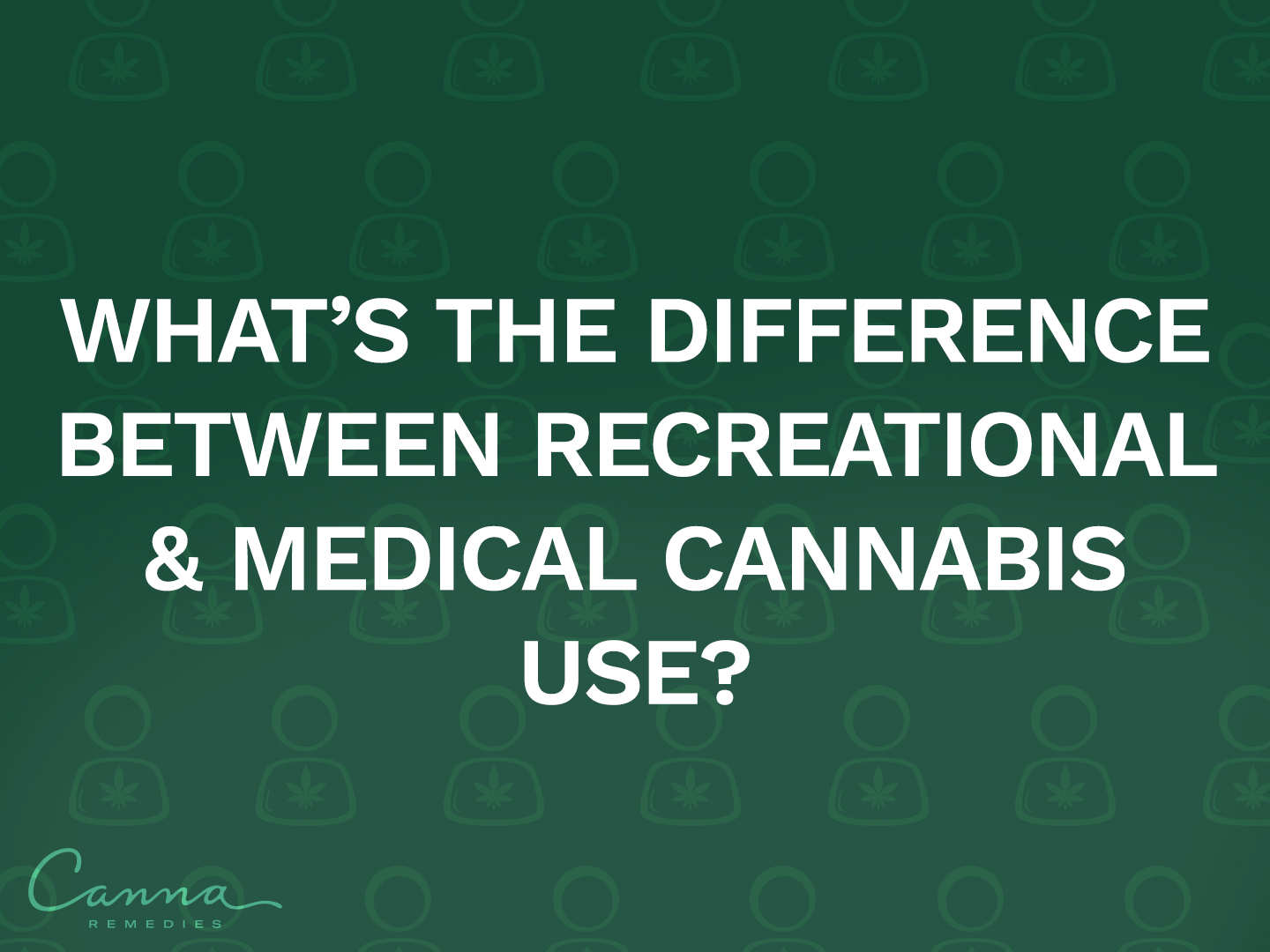WHAT’S THE DIFFERENCE BETWEEN RECREATIONAL AND MEDICAL CANNABIS USE?
Technically, nothing. The marijuana plant and products used to treat medical conditions or those used for recreational purposes are the same. The primary distinction between recreational and medical marijuana lies in the purpose for which they are used.
Here are the key differences:
- Purpose:
- Recreational marijuana, also referred to as adult use, is used for personal enjoyment, relaxation, and social purposes.
- Medical marijuana is used to provide relief for specific medical conditions and alleviate symptoms like chronic pain, nausea, muscle spasms, and restlessness.
- Legal Status:
- Recreational Marijuana: New Jersey allows for the legal sale and use of cannabis and cannabis products for residents 21 years and older at any of the New Jersey licensed adult use cannabis dispensaries.
- Medical Marijuana: New Jersey allows for New Jersey residents, diagnosed with a qualifying medical condition by a New Jersey health care practitioner registered with the New Jersey Medicinal Cannabis Program and who also maintain a bona fide relationship with a health care provider who is registered with the program, to purchase cannabis and cannabis products at any of the New Jersey licensed Alternative Treatment Centers. There are no age limits for medical patients; however, patients under 18 years old must have their parents or legal guardians apply for the medical card on their behalf.
Approved qualifying medical conditions include:- Amyotrophic lateral sclerosis
- Anxiety
- Cancer
- Chronic pain
- Dysmenorrhea
- Glaucoma
- Inflammatory bowel disease, including Crohn’s disease
- Intractable skeletal muscular spasticity
- Migraine
- Multiple sclerosis
- Muscular dystrophy
- Opioid Use Disorder
- Positive status for Human Immunodeficiency Virus (HIV) and Acquired Immune Deficiency Syndrome (AIDS)
- Post-Traumatic Stress Disorder (PTSD)
- Seizure disorder, including epilepsy
- Terminal illness with prognosis of less than 12 months to live
- Tourette Syndrome
- Taxation:
- Recreational Marijuana: All transactions are subject to New Jersey sales tax of 6.625% plus a local tax of up to 2%. Revenue generated from these taxes may be allocated to various public programs or services. A portion of the cannabis taxed collected in New Jersey are earmarked for disbursement to communities most impacted by the War on Drugs.
- Medical Marijuana: In New Jersey, medical cannabis is no longer subject to Sales Tax in New Jersey as of July 1, 2022.






